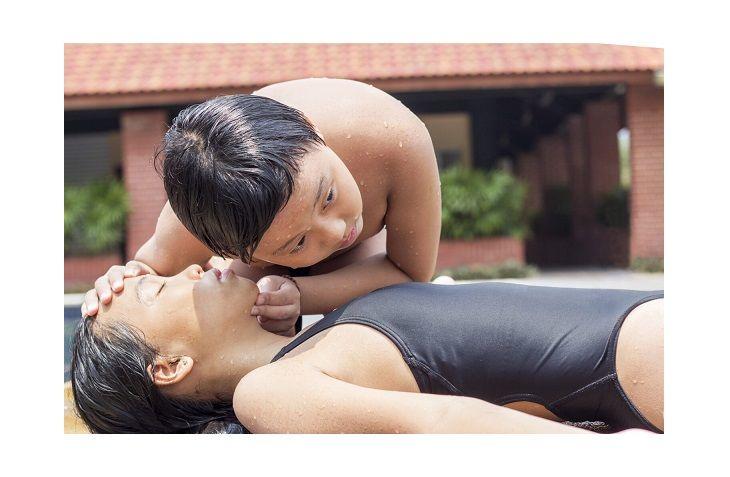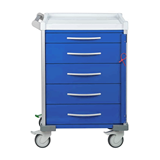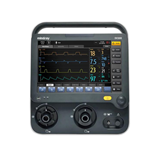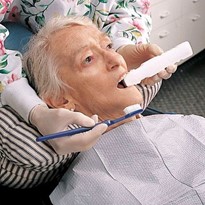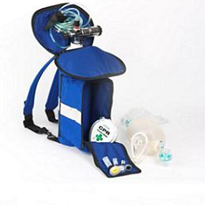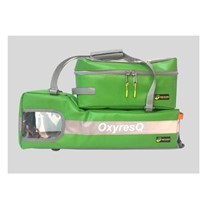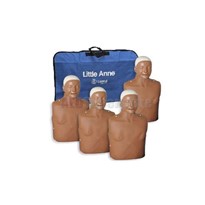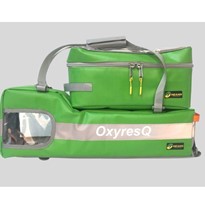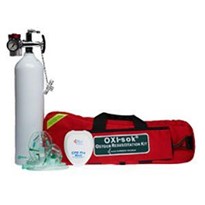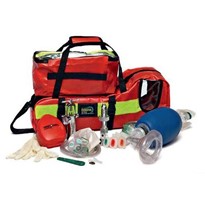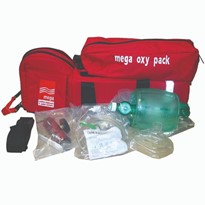Firstly, people’s fear of it can lead to fewer people being willing to help (this is part of the bystander effect). Secondly, there’s a technique to it that makes it ineffective and difficult to do if you haven’t trained in CPR. And lastly, doing chest compressions on their own (often called bystander CPR) is much more effective than interrupting chest compressions to try do mouth-to-mouth.
But there are some circumstances where mouth-to-mouth is recommended. In these circumstances, try get help from someone trained in CPR (even if it’s just on your mobile).
Mouth-to-mouth is needed in cardiac arrest with a non-cardiac cause
Cardiac arrest is when the heart stops beating effectively (ventricular fibrillation) or stops beating at all. This can happen for several reasons. Mouth-to-mouth is needed when the cardiac arrest is not due to an issue with the heart itself. This includes:
- Near-drownings
- Asthma attack
- Poisoning
- Choking
- Carbon monoxide poisoning
- Drug overdose
In addition, mouth-to-mouth is very highly recommended for babies and young children in cardiac arrest. However, performing CPR on an infant or young child is different to an adult.
Follow these steps in a cardiac emergency
Step 1 – Call for help
If there are people around you, call them for help and ask someone to fetch an AED. These fully-automatic defibrillators can often be found in gyms, police stations, schools, and public spaces.
Then call emergency services. They can walk you through any aspect of CPR and using the AED.
Step 2 – Start bystander CPR
If you don’t know how to do chest compressions on an adult, don’t worry! Here’s what to do:
- Place the heel of your strongest hand on the centre of the person’s chest with your other hand over it
- Lock your elbows so your arms are straight, positioning them directly under your shoulders
- Push down quite hard (harder than you may think!) to depress their chest by 4cm
- Release their chest fully and repeat
- You want to do 100-120 compressions per minute, so you need to do around 2 per second or to the rhythm of Stayin’Alive
Step 3 – Deploy the AED
Defibrillation within the first minutes after a person collapses triples their survival rate, so deploy the AED as soon as it arrives.
- Place the electrode pads to the person’s bare chest as directed (usually one on the right-hand side just below the collarbone and the other on the lower left of the chest). If you don’t have pads for a very young child, use the adult pads and place one on the chest and the other on their back.
- Turn on the device and follow the voice commands. The AED will tell you exactly what to do and when to stop chest compressions so it can apply the shock. It will then tell you if you need to resume chest compressions.
Let DefibsPlus empower you to help someone in a cardiac arrest
Bystanders play the most important role in survival when it comes to out-of-hospital sudden cardiac arrest survival rates and recovery rates. At DefibsPlus, we aim to help provide enough AEDs to ensure that no matter where and when SCA strikes, there is the right equipment on hand to help you save a life. You can help make this happen by investing in an AED for your workplace, home, community, or business.
For more information on our products and services please call 1300 463 344 or use our online form to contact us today. Together, we can save lives.


